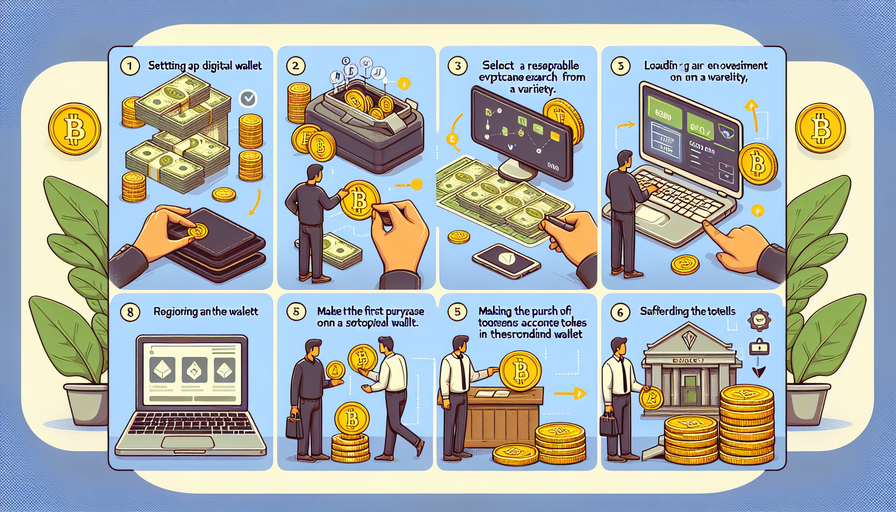In today’s digital age, maintaining privacy and protecting personal information online has become more important than ever. With the constant threat of data breaches, hacking, and online tracking, it is crucial to take steps to safeguard your online activities. One way to do this is by going incognito while browsing the internet. In this article, we will explore what it means to go incognito, why it is important, and how you can do so effectively.
Understanding Incognito Browsing
Going incognito, also known as private browsing or “privacy mode,” is a feature available in most web browsers that allows users to browse the internet without storing any data locally on their devices. When you use incognito mode, your browsing history, cookies, and other site data are not saved on your computer or mobile device. This can help protect your privacy by preventing websites from tracking your online activities and storing information about your browsing habits.
Why Is Going Incognito Important?
There are several reasons why going incognito can be beneficial for protecting your online privacy:
1. Preventing Tracking: Many websites use cookies and other tracking technologies to monitor users’ behavior online. By going incognito, you can prevent these sites from collecting data about your browsing habits.
2. Avoiding Targeted Ads: When websites track your online activities, they can use that information to display targeted advertisements. Going incognito can help reduce the number of personalized ads you see while browsing.
3. Protecting Sensitive Information: If you are accessing sensitive information such as financial accounts or personal emails on a shared computer or public network, using incognito mode can help prevent others from accessing this data after you have finished browsing.
4. Bypassing Paywalls: Some websites limit the number of articles or content you can access for free before requiring a subscription or payment. By using incognito mode, you may be able to bypass these restrictions as it does not save cookies indicating that you have already visited the site.
How to Go Incognito Effectively
While going incognito can provide an added layer of privacy protection while browsing the internet, it is essential to understand its limitations and take additional steps to enhance your online security:
1. Use a Virtual Private Network (VPN): A VPN encrypts your internet connection and masks your IP address, making it difficult for third parties to track your online activities. By using a VPN in conjunction with incognito mode, you can further enhance your privacy while browsing.
2. Clear Your Browser Data Regularly: Even when using incognito mode, some data may still be stored temporarily on your device during each session. Be sure to clear your browser data regularly to remove any residual information that could compromise your privacy.
3. Disable WebRTC: Web Real-Time Communication (WebRTC) is a technology that enables browsers to communicate directly with each other without requiring plugins or extensions. However, WebRTC can potentially expose your IP address even when using incognito mode. To disable WebRTC in your browser settings for an extra layer of protection.
4. Stay Informed About Privacy Policies: Be aware of the privacy policies of websites you visit regularly and adjust your settings accordingly if necessary. Some sites may still track certain aspects of your activity even when using incognito mode.
By following these tips and understanding how to effectively go incognito while browsing the internet, you can better protect yourself against unwanted tracking and maintain greater control over your online privacy.


